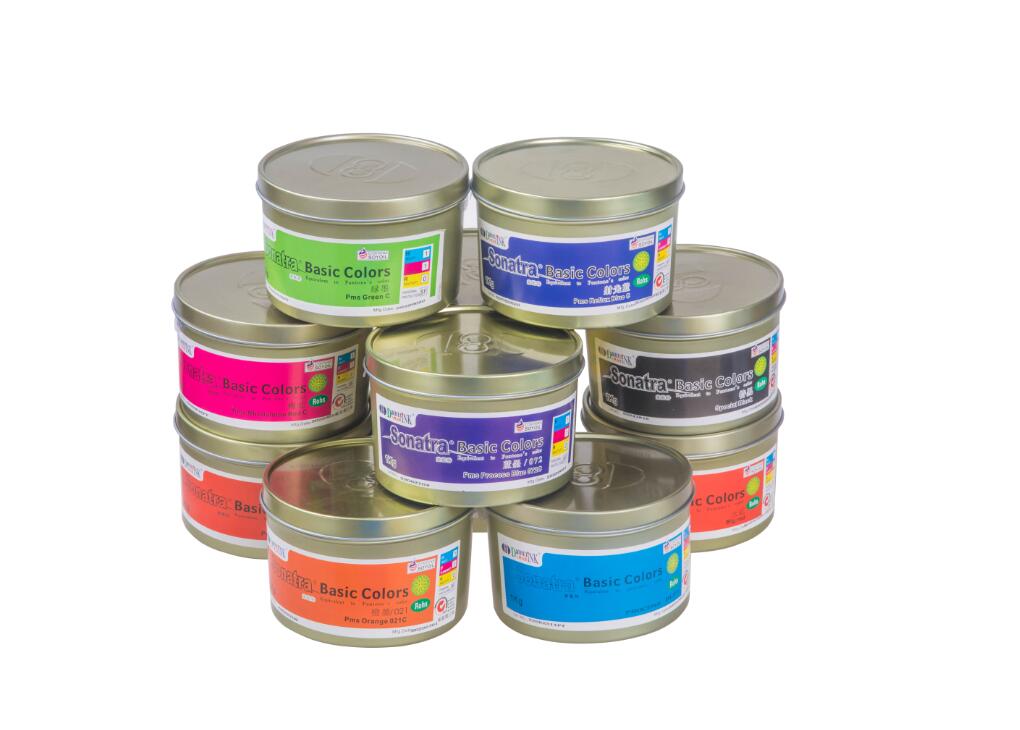 The Most Challenging Colors to Print and How to Handle Them in Printing
The Most Challenging Colors to Print and How to Handle Them in Printing
Jul 29, 2023
Introduction:
In the dynamic world of printing, certain colors pose unique challenges when attempting to reproduce them accurately. These colors require special attention and expertise to achieve the desired results. Understanding these challenges and implementing appropriate techniques can help print professionals overcome obstacles and produce high-quality prints. In this article, we will explore the nine most challenging colors to print and discuss strategies for effectively managing them in the printing process.
Metallic Colors:
Metallic colors, such as gold, silver, and bronze, are known for their shimmering effect. These colors often require additional considerations due to their reflective properties. To achieve optimal results, it is essential to use metallic inks, which contain metallic particles, and carefully control factors like ink density, drying time, and the printing substrate's surface smoothness.
Neons and Fluorescents:
Neon and fluorescent colors, like vivid pinks, greens, and yellows, are highly saturated and vibrant. However, they pose challenges in terms of color accuracy and consistency. Proper calibration of printers, accurate color profiling, and selecting suitable substrates that enhance the color intensity can help achieve the desired neon or fluorescent effect.
Pastels:
Pastel colors, with their soft and delicate tones, can be challenging to reproduce accurately. These colors require careful ink formulation, precise control of ink coverage, and attention to the substrate's whiteness or base color. Adjusting color balance during prepress and consulting the Pantone pastel color guide can assist in achieving the desired pastel hues.
Deep Blacks:
Obtaining rich and deep black colors adds complexity to the printing process. Pure black is achieved by using a combination of inks to enhance its density. However, issues like ink drying time, ink trapping, and maintaining overall color consistency can arise. Correct calibration of equipment, meticulous ink density control, and proper trapping techniques can help achieve consistent deep blacks.
Tints and Gradients:
Tinted colors and gradients, which include smooth transitions from one color to another, can be challenging due to the potential for banding or visible color steps. To tackle this, utilizing high-resolution images, carefully controlling ink droplet size and coverage, and implementing advanced screening techniques like stochastic screening or hybrid screening can minimize undesired visual artifacts and ensure smooth transitions.
Metallic Spot Colors:
Spot colors with metallic effects are used to achieve a premium and luxurious appearance. However, printing metallic spot colors presents challenges such as ink coverage, color accuracy, and reflective properties. Specialized metallic inks and expert color calibration are essential for obtaining consistent and accurate metallic spot colors.
Transparent Colors:
Transparent colors, like certain shades of blue and green, can appear dull or transparent if not printed correctly. To overcome this challenge, adjusting ink density and using color management techniques that enhance the transparency and vibrancy of these colors is crucial.
PMS (Pantone Matching System) Colors:
PMS colors, standardized ink colors used in the printing industry, can be challenging to reproduce accurately due to variations in printing processes and materials. It is crucial to consult the official Pantone color guides, calibrate equipment, and perform color proofing to achieve the closest possible match to the intended PMS colors.
Skin Tones:
Reproducing natural and lifelike skin tones can be challenging in printing. It requires properly calibrating the color temperature, using suitable ink formulations, and choosing appropriate printing substrates with the right texture and whiteness. Collaborating with skilled designers, color management experts, and performing color tests can help achieve accurate and pleasing skin tones.
Conclusion:
Printing these nine challenging colors calls for careful planning, precise execution, and extensive knowledge of color management techniques. By understanding the potential hurdles and implementing appropriate strategies, print professionals can optimize their workflow and deliver exceptional prints that meet or exceed clients' expectations.
Read More


 Essential Spot Color Knowledge for Printers and Brand Owners
Essential Spot Color Knowledge for Printers and Brand Owners
 The Most Challenging Colors to Print and How to Handle Them in Printing
The Most Challenging Colors to Print and How to Handle Them in Printing